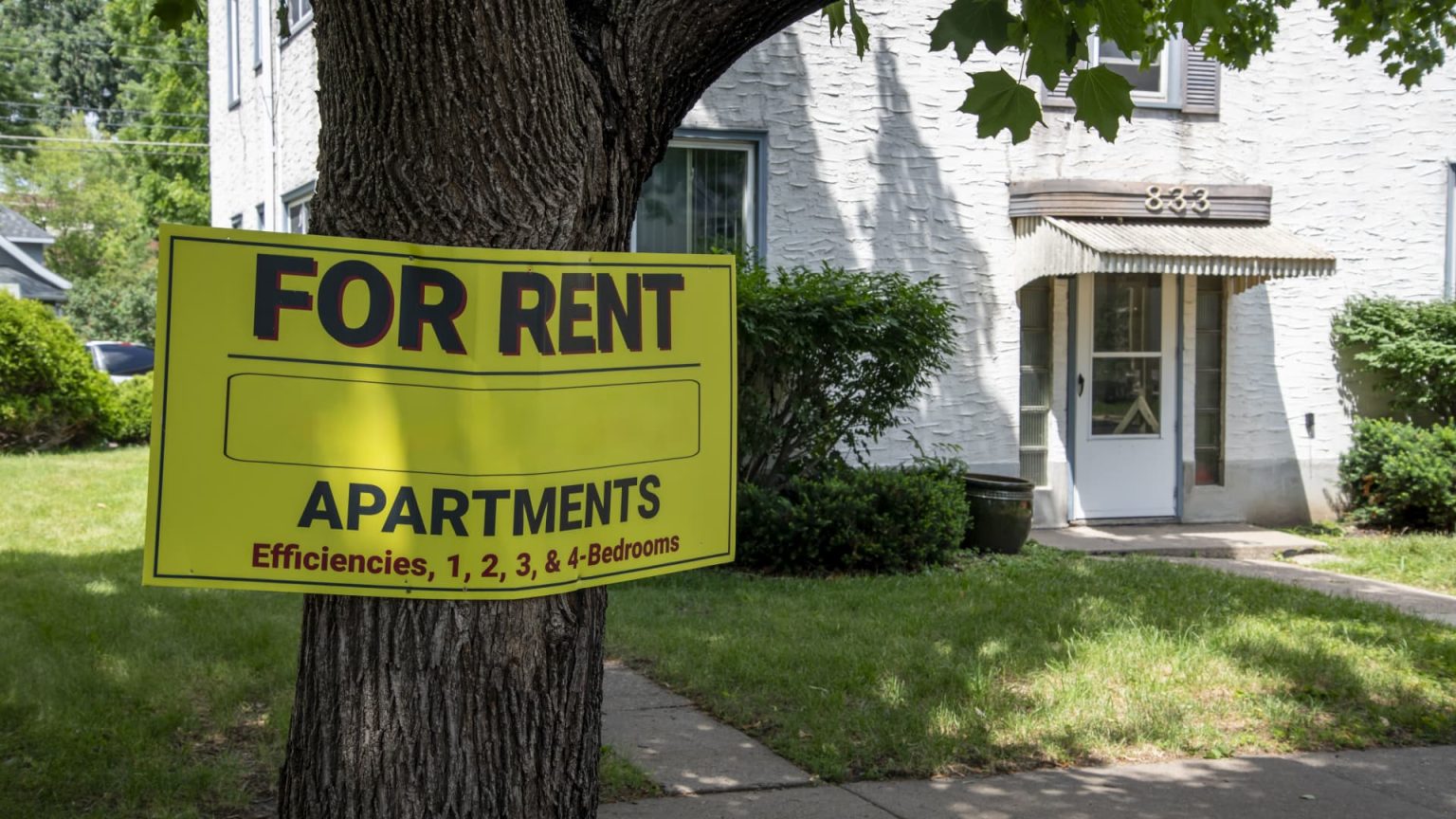The ongoing work-from-home trend and changing migration patterns have caused both single-family and multifamily rent prices to rise during the pandemic. However, recent data shows a shift in rental market dynamics, with multifamily rents decreasing slightly in April compared to the previous year. This decline is attributed to an influx of new rental units entering the market, with more in the pipeline. Despite a small increase in apartment rents for the third consecutive month, the growth rate is minimal in comparison to previous years. The national median rent stood at $1,396 in April, signaling a potential slowdown in rent growth for the upcoming summer.
Apartment vacancies have also risen to 6.7% as of March, the highest level since August 2020. While new multifamily building permits are slowing down, the number of units under construction is near a record high. Additionally, last year witnessed the most new apartments entering the market in over three decades. On the other hand, single-family rents continue to show strength, growing by 3.4% year-over-year in March according to CoreLogic. However, this growth rate is decreasing as more supply becomes available from build-for-rent companies.
The rise in single-family rent prices indicates that potential homebuyers who cannot afford to purchase a home are opting to rent similar alternatives. With mortgage rates hovering around 7% and home prices continuing to increase, purchasing a home has become increasingly challenging. Seattle experienced the highest year-over-year increase in single-family rents at 6.3%, followed by New York and Boston. Conversely, Austin, Miami, and New Orleans saw declines in single-family rent prices, with Austin experiencing a 3.5% decrease in March.
Interestingly, for the first time in 14 years, single-family attached properties such as townhomes saw a decrease in rent prices compared to the previous year. This decline is occurring primarily in specific markets, particularly in Florida, Austin, and New Orleans. The completion of multifamily apartments is contributing to an increase in rental supply, thereby impacting the single-family attached rental market. Overall, the rental market is experiencing various shifts in dynamics, with multifamily rentals cooling down while single-family rentals remaining stronger. The ongoing uncertainties in the housing market are influencing rental decisions for many individuals and families.


